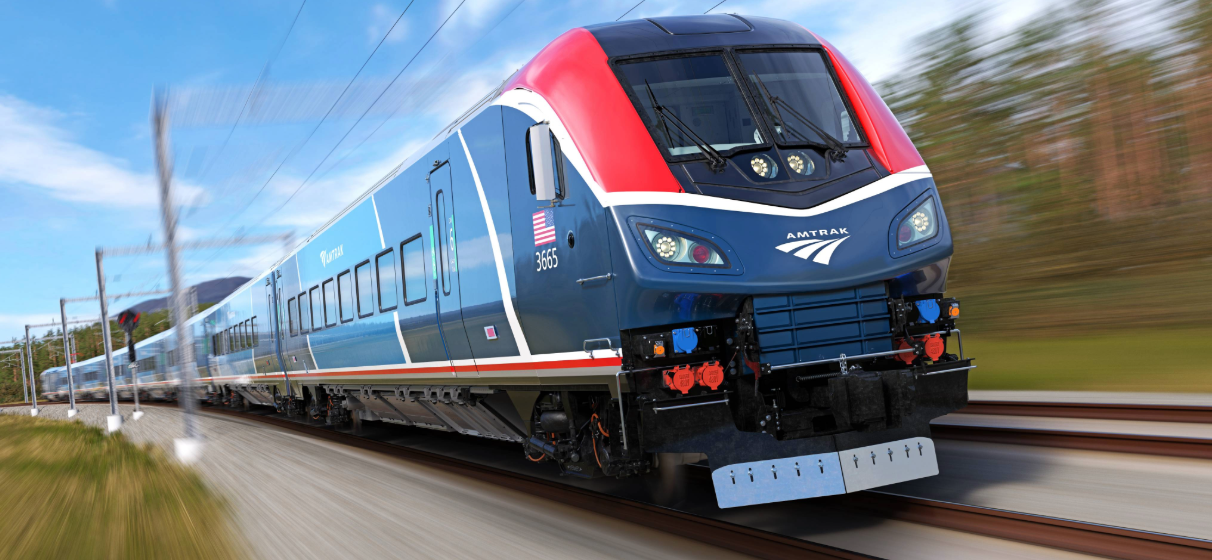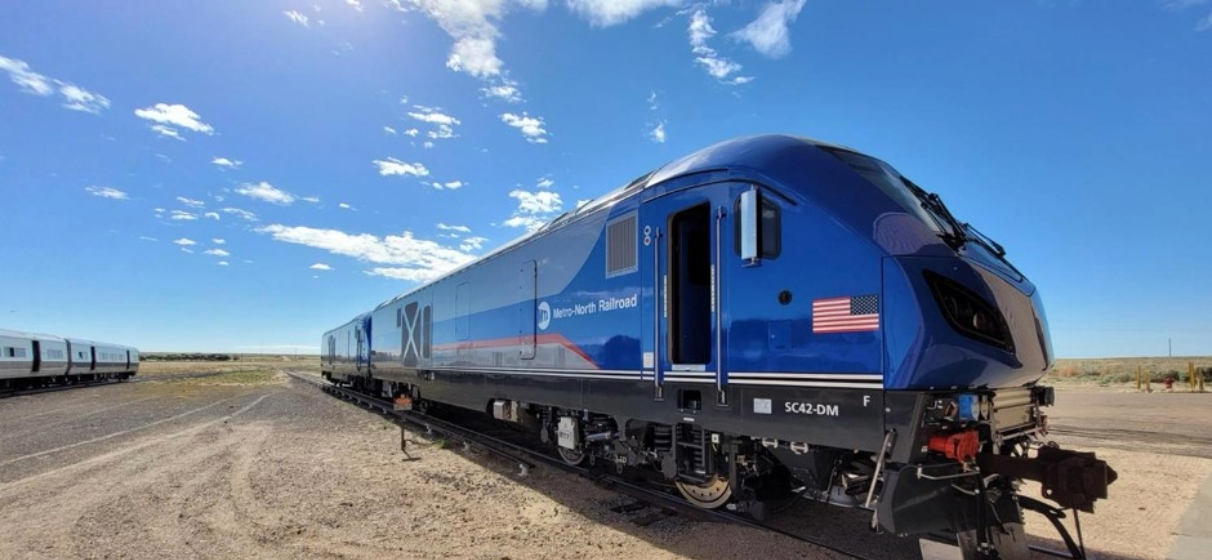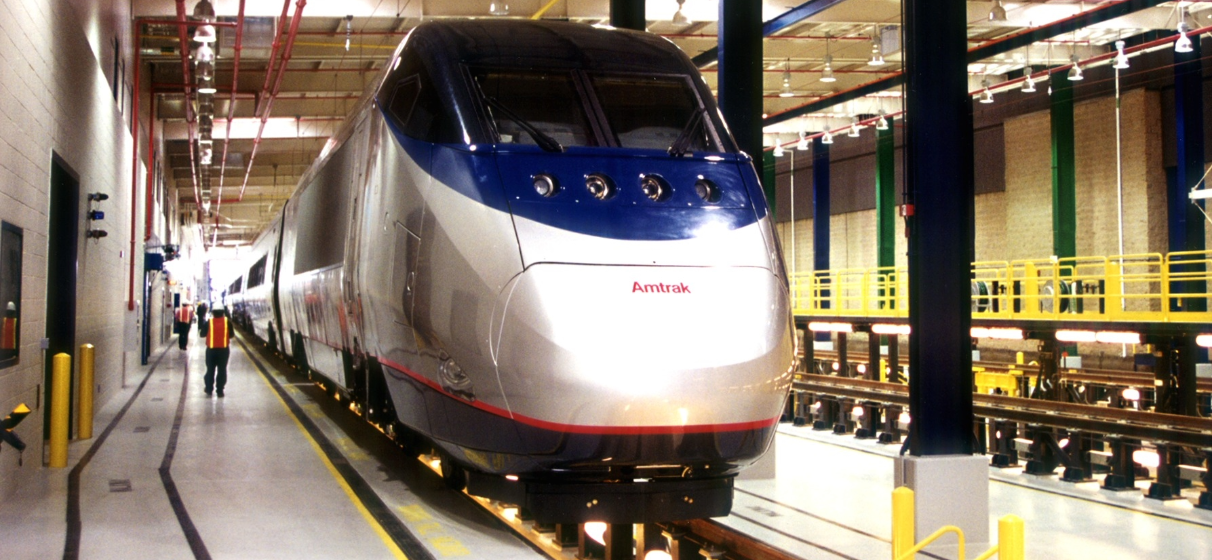Amtrak is in the midst of a once-in-a-generation fleet overhaul – an ambitious, multi-billion-dollar program to replace and modernize trains that serve riders from coast to coast. This multi-faceted initiative includes the rollout of the Airo trainsets (scheduled to debut in 2026), planning for new Long Distance trains, and the delivery of 125 ALC-42 locomotives – dozens of which are already pulling long-distance trains across the United States.
At every stage, STV has been at Amtrak’s side. The firm’s vehicle engineers and program managers are currently reviewing designs, inspecting vehicles on the production line and providing testing and procurement support to ensure these fleets deliver on their promise of cleaner propulsion, greater accessibility and dramatically improved rider amenities.
Recent milestones underscore the momentum: Airo trainsets are in production and moving through final assembly and testing in Sacramento with the first trainset recently completing qualification testing in Pueblo, Co before heading to the Northeast Corridor for real-world testing; design reviews are shaping the next generation of Long Distance trains; and the base order of ALC-42 locomotives is nearly complete with 70+ locomotives already in service, cutting nitrogen oxide emissions by nearly 90% compared with the engines they replace.
STV’s Kevin Carmody discusses these programs, the firm’s partnership with Amtrak and how the agency is raising the bar for intercity rail service.
1. From your perspective, what are Amtrak’s main goals with these new vehicle programs?
Amtrak’s vision is about delivering a modern, reliable service for its passengers, as ridership continues to grow and break records. For example, the Airo trainsets are designed with dual-power capability to seamlessly switch between diesel and electric, eliminating delays from locomotive swaps. The Superliner replacement is focused on long-distance travel, with updated sleeper, diner and food service cars that will give passengers more comfort on cross-country routes. And the ALC-42 locomotives are consuming less fuel and reducing emissions by nearly 90%.
STV’s role is to verify that every piece of this process – from design review to testing – meets the highest standards so Amtrak can achieve those goals.
2. How will riders and communities see the impact of these new vehicles?
The difference will be immediate for passengers. You’ll see ergonomic seating, USB-C ports, 5G Wi-Fi, touchless restrooms, enhanced Cafe Cars, and improved accessibility features like lifts and modern onboard messaging. These are things riders are looking for, and they make rail travel far more convenient and enjoyable.
For communities, it’s about more than just comfort. These programs create jobs in American manufacturing, reduce emissions and provide people with a better alternative to driving or flying. That means stronger economies, healthier environments and more connected cities and towns.
3. What kinds of challenges have you and your team had to work through with Amtrak?
Large-scale, multi-billion-dollar procurements always come with complexities. On the engineering side, we’re making sure designs comply with strict specifications and safety standards, while on the project management side, we’re helping Amtrak navigate contract changes, cost estimates and vendor claims.
At the same time, these programs are introducing advanced technologies – like battery-electric propulsion, state-of-the-art onboard communications, and cybersecurity protections – that require new approaches to design review, testing and long-term maintenance planning. One example is New York’s tunnels, where there’s no overhead power. Amtrak will be prototyping battery-equipped Airo trainsets for this section of the railroad, and our team is supporting that innovation to see that it’s viable in service.
4. From your seat as a project manager, what excites you most about these vehicles?
Honestly, it’s how comprehensive the improvements are. The Airo trainsets will debut with state-of-the-art passenger amenities. The ALC-42 locomotives are already powering many of the country’s longest routes, connecting Americans from small towns to major cities.
What excites me most is that STV is helping make all of this real. We’re supporting Amtrak by being in the factories, involved in the reviews and at the test tracks, all to make sure these vehicles live up to expectations. Seeing them roll out into service will be incredibly rewarding.








